- PlanHub
What is asset management in construction?
Asset management in construction refers to the systematic and strategic approach of managing physical assets throughout their lifecycle within the construction industry. It involves the planning, acquisition, operation, maintenance, and disposal of assets to maximize their value and optimize performance. Assets in construction can include a wide range of physical items such as buildings, infrastructure, machinery, equipment, and other tangible properties.
What does digital asset management do?
Digital Asset Management (DAM) is a software solution that’s used to efficiently and securely store, organize, manage, and share digital files and assets across teams in organizations of all sizes.
What Are The Benefits of a Digital Asset Management System?
A Digital Asset Management (DAM) system offers several benefits for organizations across various industries, facilitating the efficient management, organization, and distribution of digital assets. Here are some key advantages:
1. Centralized Storage and Organization: DAM systems provide a centralized repository for digital assets, making it easy for users to store, organize, and retrieve files. This centralized approach reduces the risk of assets being scattered across different locations or lost.
2. Efficient Retrieval and Search: DAM systems typically include robust search and metadata capabilities. Users can quickly locate specific digital assets using keywords, tags, or other metadata, streamlining the retrieval process and saving time.
3. Version Control: DAM systems often include version control features, allowing users to track changes to digital assets over time. This helps prevent confusion and ensures that the most current and accurate versions of assets are used.
4. Collaboration and Workflow Management: DAM systems facilitate collaboration by providing tools for sharing, reviewing, and approving digital assets. Workflows can be established to automate processes, such as approval cycles and content creation, enhancing collaboration among team members.
5. Consistent Branding: DAM systems help maintain brand consistency by providing a central repository for approved brand assets. This ensures that team members use the correct logos, images, and other brand elements, reducing the risk of inconsistencies in marketing materials.
6. Security and Access Control: DAM systems offer security features to control access to digital assets. Administrators can define user roles, permissions, and access levels, ensuring that sensitive or restricted content is only accessible to authorized individuals.
7. Asset Lifecycle Management: DAM systems support the entire lifecycle of digital assets, from creation to archiving or deletion. This comprehensive approach helps organizations make informed decisions about asset usage, licensing, and retirement.
8. Cost Savings: Efficient management of digital assets can lead to cost savings by reducing the time spent searching for files, preventing the duplication of efforts, and avoiding the use of outdated or incorrect assets.
9.Integration with Other Systems: Many DAM systems can integrate with other software and tools, such as content management systems (CMS), marketing automation platforms, and design tools. This integration enhances the overall efficiency of digital asset workflows and ensures seamless collaboration across different platforms.
10. Analytics and Reporting: DAM systems often provide analytics and reporting tools, allowing organizations to track asset usage, user engagement, and other relevant metrics. This data can inform decision-making, content strategy, and future asset creation efforts.
11. Compliance and Rights Management: DAM systems help organizations adhere to copyright and licensing regulations by tracking usage rights and restrictions associated with digital assets. This is crucial for avoiding legal issues related to intellectual property.
Implementing a DAM system can significantly enhance an organization’s ability to manage and leverage its digital assets effectively, leading to improved productivity, collaboration, and brand consistency.
Any construction project owner knows the massive amount of communications involved and the often bulky file sharing among all the professionals involved – designers, architects, project planners, construction workers, suppliers, etc. With this overwhelming amount of paper sharing involved, you can end up wasting a lot of valuable time.
Digital Asset Management are platforms where you can store, access, and distribute digital assets with ease. Digital Asset Management is your best bet for seamless management of your digital files. One such platform is PlanHub, a software that can help contractors and subcontractors stay updated on all aspects of a project.
1. Smoother Approval Processes
With all your essential files in the same repository, it’s easier to find a document, seek authorization from a higher authority, and keep things moving, as opposed to searching through endless documents and delaying work functions.
2. Faster Workflows
Digital Asset Management provides a unified connection between and among all parties involved. Everyone in the team is updated on the project’s work processes and expenditures. This helps to reduce inefficiencies that would arise out of gaps in project knowledge.
3. Improved Collaborations
Digital Asset Management provides all users with access to digital materials as soon as they are completed. Thus, it facilitates collaboration and harmony of purpose while ensuring everyone is reading from the same script.
4. Reduces Project Redundancies
Digital Asset Management provides a central control function. This enables more accessible communication and allows all members of the project team to be on the same page at the same time. In return, it reduces the repetition of tasks and eliminates the possibility for expensive redundancies.
PlanHub is a Digital Asset Management software that helps contractors and subcontractors alike stay connected and updated on all tasks, resulting in efficiently planned and highly organized projects. For more information, or to request a demo, contact PlanHub today.

